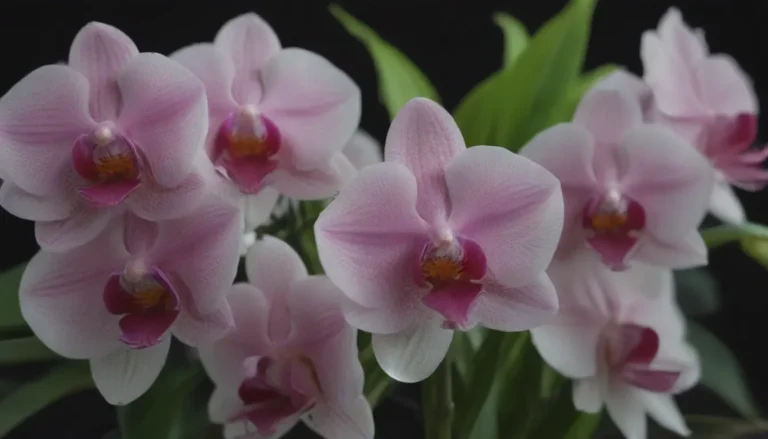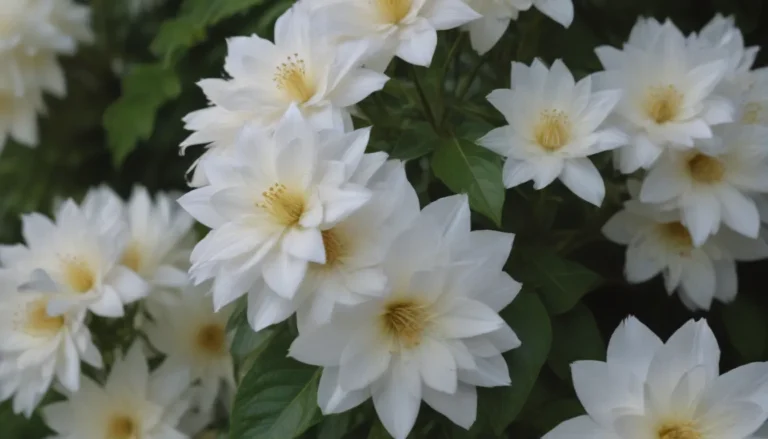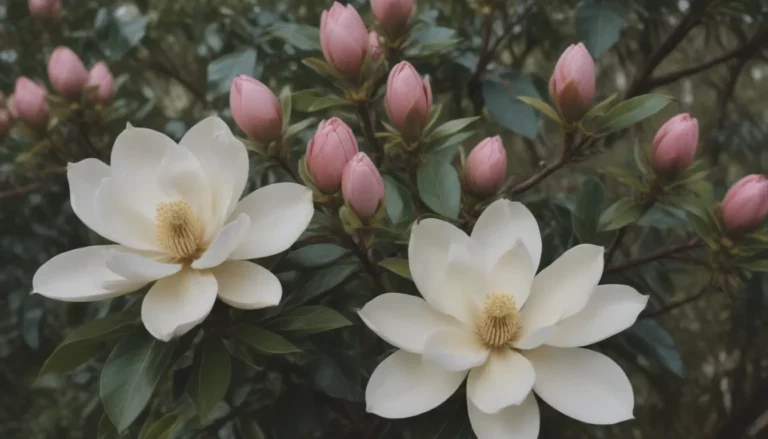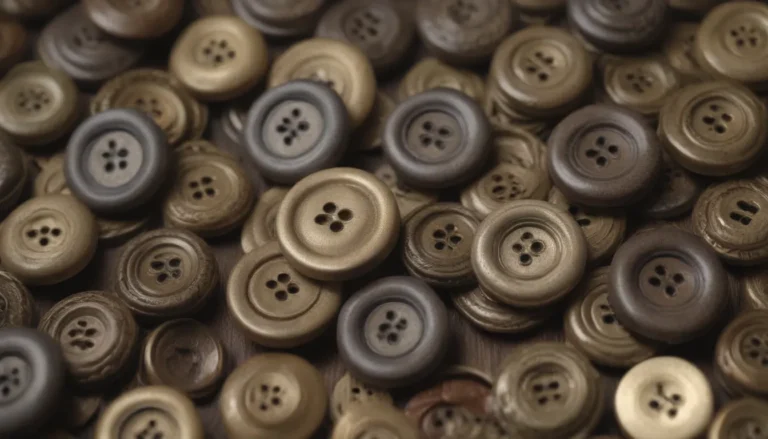Understanding Different Types of Underground Plant Stems
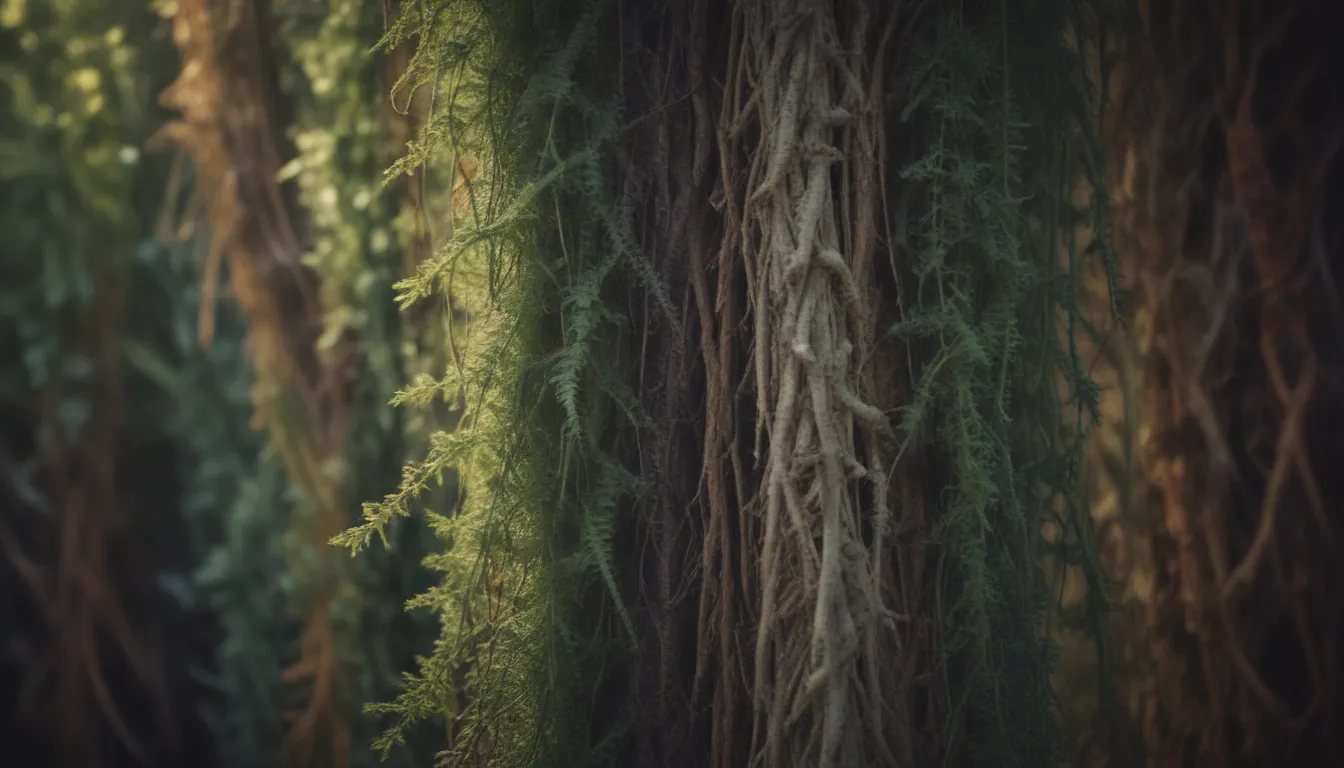
When it comes to gardening and horticulture, there are various terms used to describe different types of underground plant stems. From corms to bulbs, tubers, and rhizomes, each serves a unique purpose in storing nutrients for the plant’s growth. Understanding the differences between these plant structures can help gardeners better care for their plants and ensure their successful growth and development.
What Are Corms?
Let’s start by exploring corms, as they are often confused with bulbs and tubers. A corm is a swollen, underground plant stem that stores nutrients for the plant to use in the future. These nutrients help support the growth of roots, leaves, and flowers in the next growing season. Unlike bulbs, corms are solid units and do not have layers like an onion.
An example of a plant that grows from a corm is the crocus, known for its vibrant colored flowers that bloom in the spring. Another example is the snake lily, which has a larger corm and produces unique flowers. Popular gift plants like the cyclamen and cut flowers like gladiolus also grow from corms.
How Are Bulbs Different?
While corms and bulbs may seem similar, they have distinct differences in their structure and growth habits. True bulbs are divided into layers, resembling an onion, with a papery outer layer. These layered bulbs contain stems, leaves, and a compacted stem at the bottom from which roots grow. Nutrient-filled leaves surround a bud that eventually develops into a flower.
Plants like tulips, daffodils, and hyacinths are examples of true bulb plants. They survive the winter underground and push up through the soil in the spring, bringing vibrant colors to the garden. Unlike corms, bulbs can be divided into sections, allowing gardeners to propagate new plants by planting individual bulb sections.
Tubers and Rhizomes: Another Type of Underground Stem
Moving on to tubers and rhizomes, these underground plant stems have their unique characteristics and functions. Tubers are formed from stems or roots and store nutrients for the plant’s growth in the following season. Buds, often referred to as “eyes,” sprout from tubers, and shoots grow upwards from various points on the tuber.
Plants like potatoes, dahlias, and begonias grow from tubers and can be propagated by planting sections of the tuber with buds. Tubers multiply underground, allowing the plant to spread and produce new growth each season.
Rhizomes, on the other hand, are modified, swollen stem-like structures that grow horizontally underground. They send roots downwards and shoots upwards, forming new plants along the rhizome. Rhizomes can appear as mere roots but play a crucial role in plant propagation and growth.
Weeds like Japanese knotweed use rhizomes to spread rapidly and dominate landscapes, making them difficult to eradicate. Landscape plants such as lily-of-the-valley, Chinese lantern, and canna lilies also grow from rhizomes and benefit from their underground growth habits.
Understanding Geophytes: The Earthly Plants
In horticulture, all these underground plant stems fall under the category of geophytes. This term, derived from Greek words meaning earth and plant, encompasses perennial plants with underground food storage organs. Geophytes sprout shoots from these storage organs, allowing them to grow and flourish above ground.
Whether you’re cultivating corms, bulbs, tubers, or rhizomes in your garden, understanding the differences between these underground plant stems can enhance your gardening experience. Each type of plant stem serves a specific purpose in storing nutrients, supporting growth, and propagating new plants for future seasons.
By incorporating a variety of geophytes in your garden, you can enjoy a diverse range of plants with unique growth habits and beautiful flowers. From the delicate crocus to the majestic dahlia, these underground plant stems play a crucial role in the colorful tapestry of your garden.
In conclusion, next time you’re tending to your garden, take a moment to appreciate the diversity of geophytes beneath the surface. Each corm, bulb, tuber, or rhizome holds the potential for new growth and beauty in your garden. Happy gardening!

